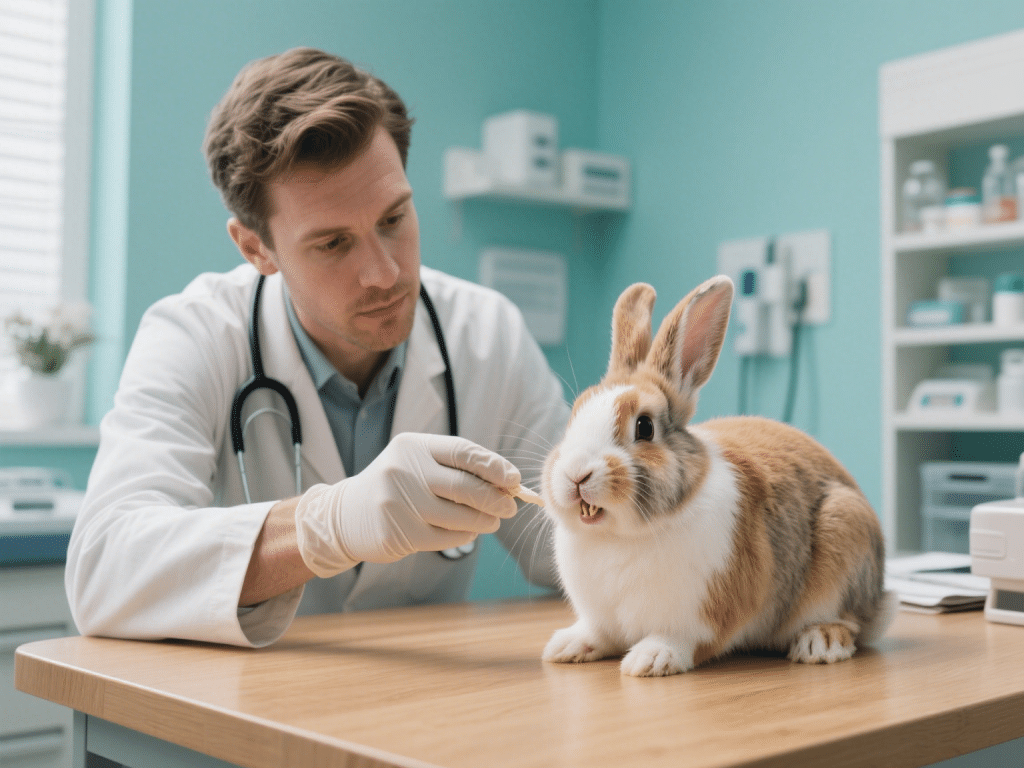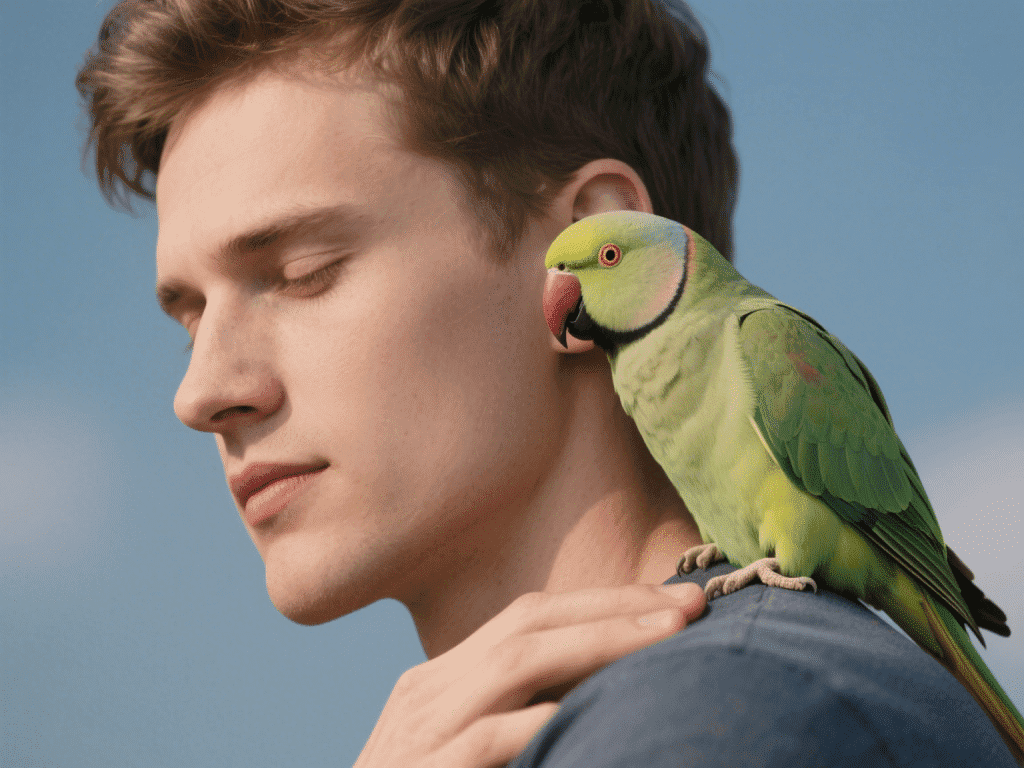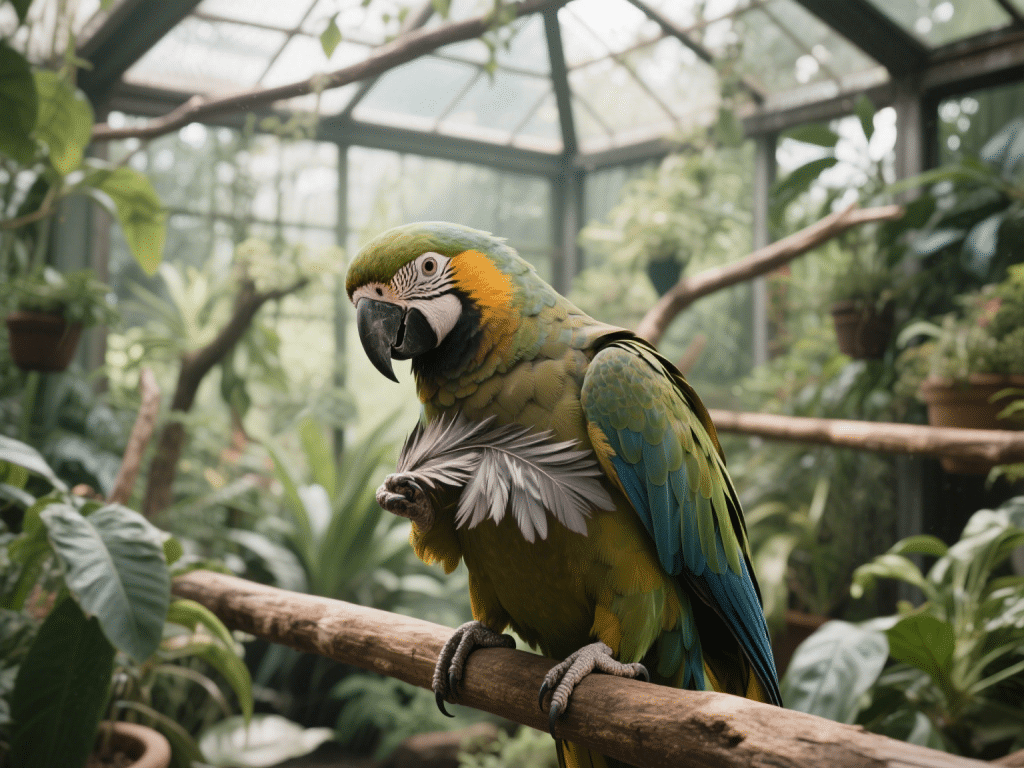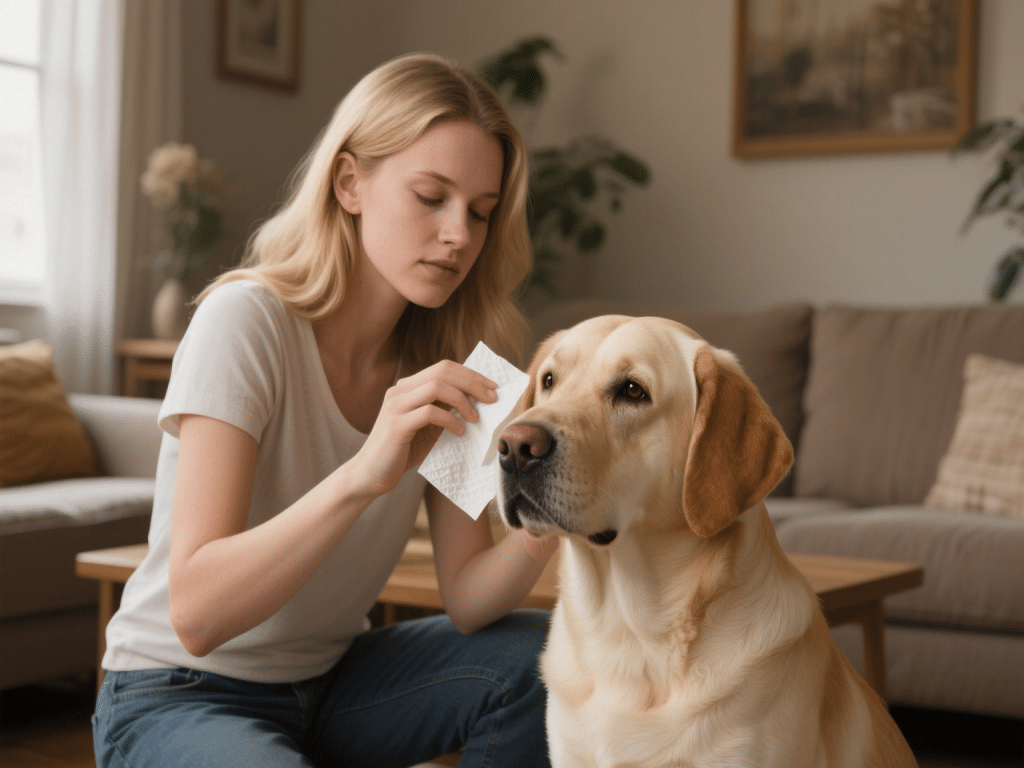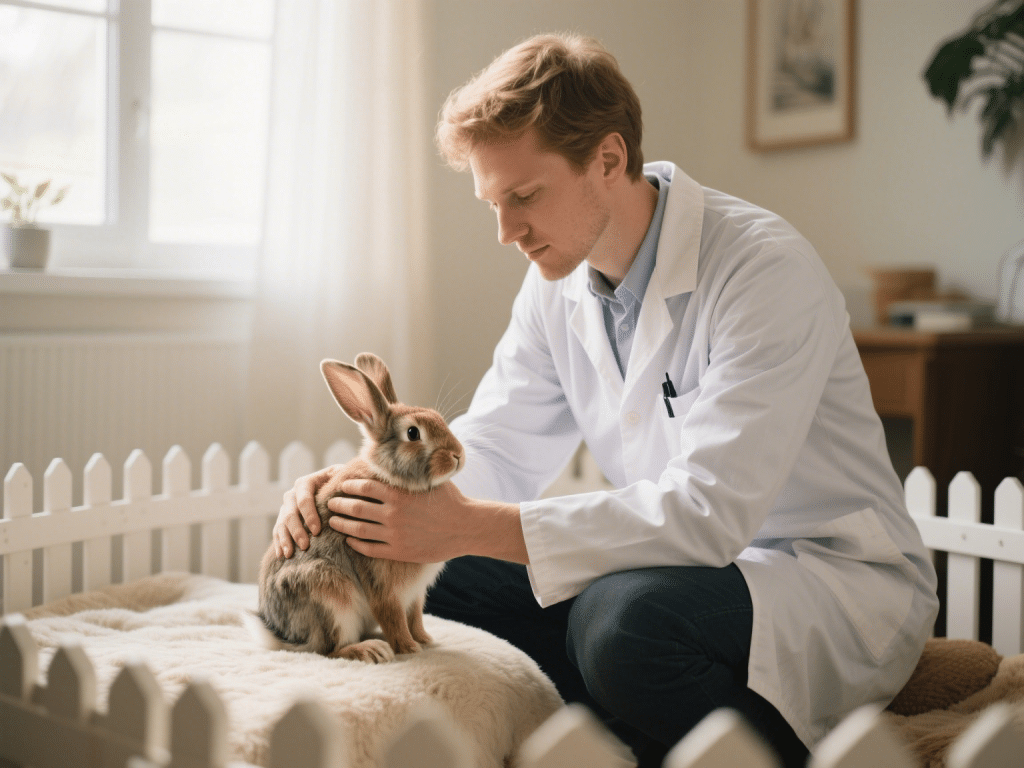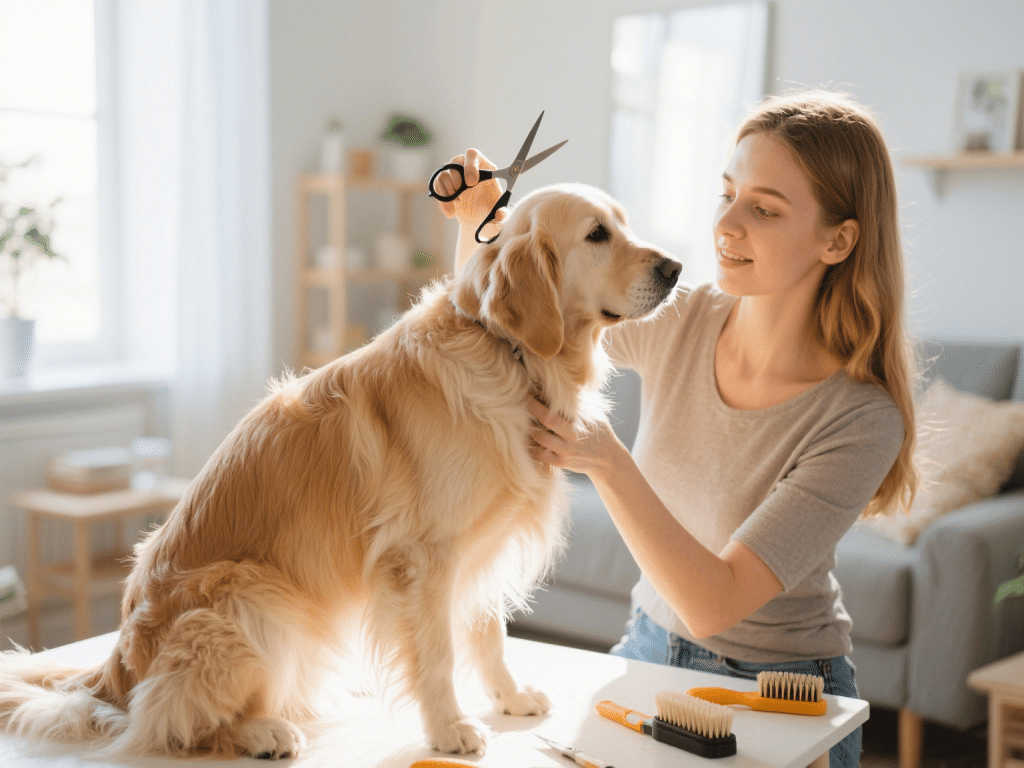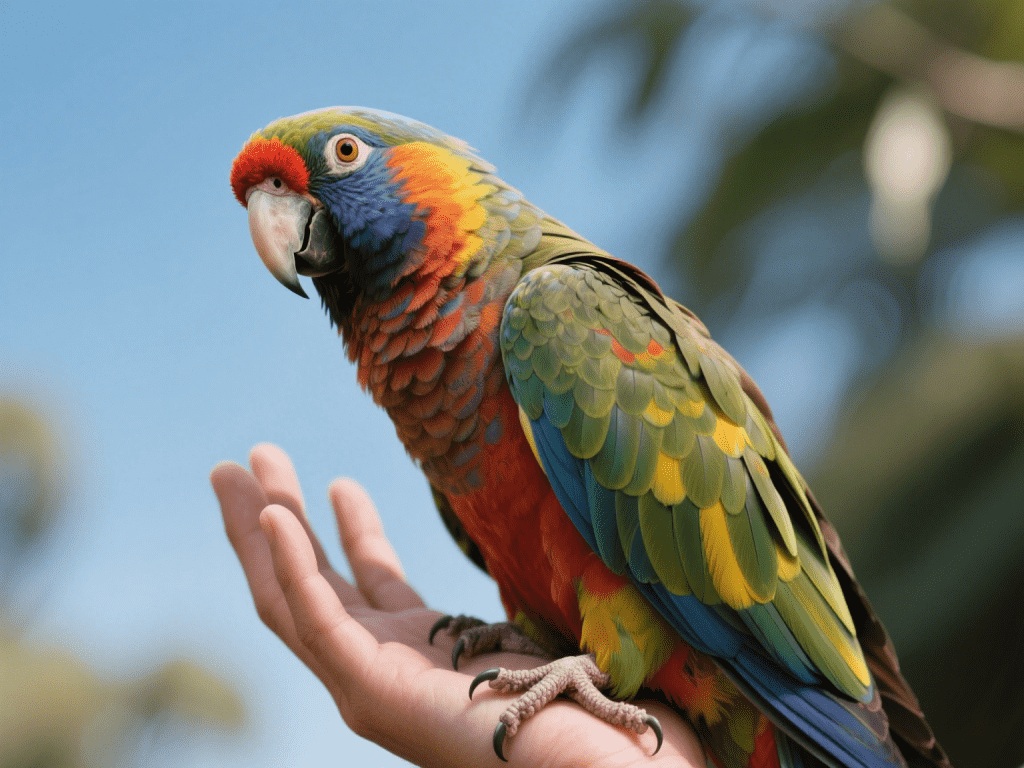
With over a decade of working in avian behavior and rehabilitation, I’ve learned that birds “speak” volumes through posture, feather position, and eye movement. Misreading these signals can lead to stress, bites, or plucking. This guide will equip you with expert insights to decode your bird’s nonverbal cues and respond appropriately.
Key Body Language Signals
Feather Position:
Flattened Feathers: Fear or aggression.
Fluffed Feathers: Comfort or mild illness—context matters.
Eye Pinning:
Rapid dilation/constriction signals excitement, curiosity, or agitation.
Crest Movement (Cockatoos):
Raised crest = alert or excited; flattened crest = relaxed.
Head Bobbing:
Courtship, play invitation, or seeking attention.
Wing Drooping:
Relaxation or, if paired with lethargy, possible illness.
Tail Fanning:
Threat display in some species; also part of mating ritual.
Responding to Common Signals
Fear & Aggression
Avoid Direct Approach: Offer a treat on the opposite side.
Speak Softly: Calming tones reassure a frightened bird.
Contentment & Affection
Preening Invitation: Gently scratch behind the ear; watch for leaning in.
Soft Vocalizations: Mirror gentle coos or whistles.
Play & Curiosity
Interactive Toys: Rotate puzzles when you see alert posture and eye pinning.
Short Training Sessions: Capitalize on playful head‑bobbing energy.
Case Studies & Personal Insights
Rescue Parrot “Mango”: Aggression reduced 80% after we learned that pinning eyes high meant over‑stimulation, not invitation to play.
Senegal Parrot “Echo”: Feather‑fluffing in morning revealed poor night temperature; adjusted roost spot improved overall mood.
Conclusion
By honing your observational skills and responding thoughtfully to each body language cue, you’ll deepen trust and enrich your interactions. A bird that feels understood is a bird that flourishes—both in health and happiness.

